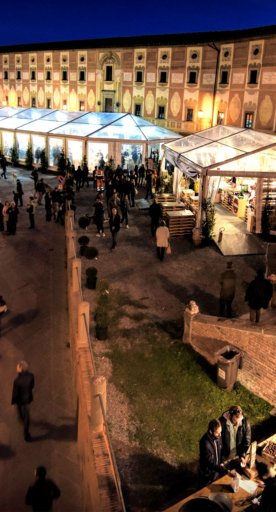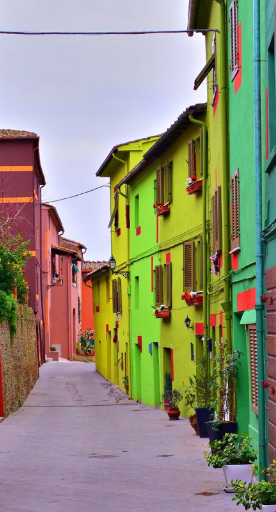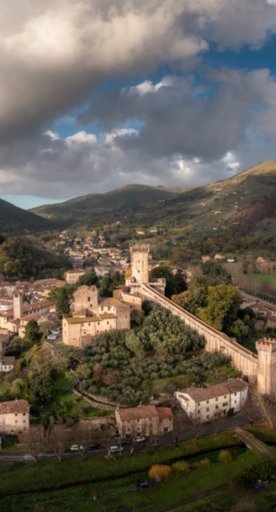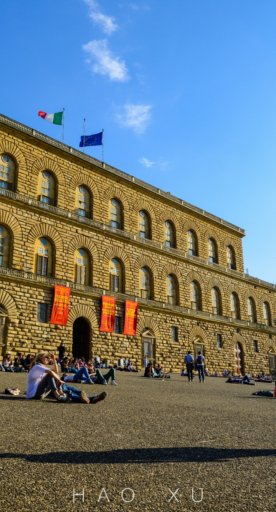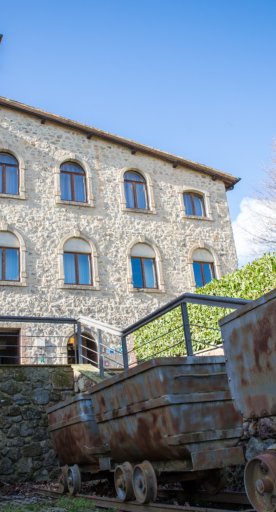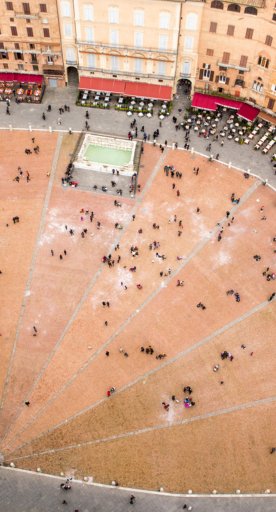
Arezzo walking tour
An alternative itinerary to see the hidden treasures of a town full of art
-
1.Porta S. Lorentino - District of Porta del Foro
-
2.The statue of St. Michele from Porta dell’Angelo
-
3.College of St. Caterina
-
4.Lavamani del Marcillat (Liceo F. Petrarca)
-
5.Church and piazza San Gimignano
Porta S. Lorentino - District of Porta del Foro
Porta S. Lorentino, also known as Porta Fiorentina, was one of the four gates to enter the town and bypass the medicean wall. In 1644 it was restored. As you enter the town, look to the right and see the Baluardo of St. Lorentino, where in 1553 the statue of the Chimera was found.

The statue of St. Michele from Porta dell’Angelo
The ancient gate of S. Angelo was an important way to access the city. The gate is important because it is an excellent example of fourteenth century architecture in Arezzo, where you can find rare images of the Madonna and Child, limited by the Tarlatesca gates. (Museum of Medieval and Modern Art)
College of St. Caterina
The Monastery of the Society of SS.ma Annunziata was completed in 1588. Giorgi Vasari commissioned the design of the complex in 1551, but it was altered during later construction. The interior of the cloister still remains intact, with a chapel dedicated to St. Cristoforo, who was part of the old Ospedale delle Donne. Inside the chapel, there is a fresco by Parri di Spinello, with a preliminary sketch, and a sixteenth-century crucifix donated by Pope Guilio III.
Lavamani del Marcillat (Liceo F. Petrarca)
At the beginning of the 1500s, Guglielmo Marcillat designed a large wash basin and a stone altar for the Society of the Holy Trinity, which was established at the time of Tarlati. The altar is now the Oratory of the Madonna del Duomo, The "lavamani," or wash basin, which dates back to 1522, is “a work of rare majesty,” and was first proposed on this occasion to visit after centuries of neglect and abandonment.
Church and piazza San Gimignano
With an early medieval interior, the church is a beautiful example of eighteenth-century style, dominated by stucco. The altar is beautiful and contains an inlaid crucifix on the cross. In the presbytery, two seventeenth century paintings by Salvi Castellucci depict the sacristy of the Romanesque structure.











